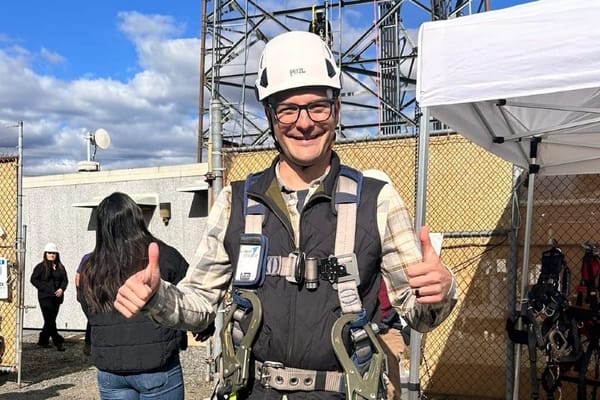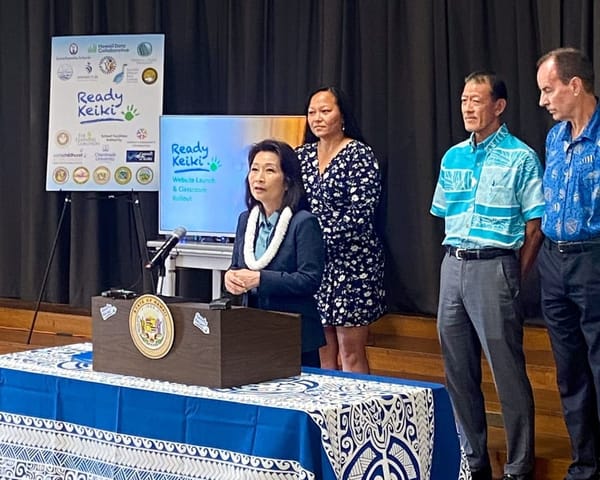Johnny Kampis: Wireless Survey Shows 5G’s Role in Closing Digital Divide
5G has experienced a quantum leap in growth since it first began rolling out in 2018.
Johnny Kampis

There was universal consensus that 5G wireless technology would be a game changer for closing the digital divide. The question was whether or not private investment would be enough to deploy the needed infrastructure. A new report shows that capital expenditures from wireless providers reached a record high in 2021, as 5G saw tremendous growth and will continue to help connect households now unserved by broadband.
CTIA’s 2022 Annual Wireless Industry Survey shows that wireless providers invested $35 billion into growing and improving their networks, the fourth consecutive year of industry growth.
CTIA said this is “a powerful trend that emphasizes the societal importance of wireless connectivity and underlines the industry’s commitment to building a robust platform for innovation that connects all communities.”
5G has experienced a quantum leap in growth since it first began rolling out in 2018, as infrastructure reforms that eased deployment barriers have resulted in 5G growing twice as fast as 4G. Since the Federal Communications Commission and state legislatures worked to modernize key siting regulations that could have stymied the technology’s growth, wireless providers have added 70,000 active cell sites. There are now nearly 420,000 operational cell sites across the U.S.
As CTIA notes, “More cell sites enhance coverage, encouraging adoptions and helping to close the digital divide.”
Clearly consumers want faster mobile internet speeds as the number of connective 5G devices grew more than a whopping 500 percent this past year from 14 million to Accenture 85 million. About one-third of American now possess an active 5G device.
CTIA points out that the number of connections that require wireless technology is helping fuel the growth – everything from smart watches to medical sensors. Such data-only devices represent about 42 percent of all wireless connections.
Wireless providers have invested nearly $121 billion into their networks since the launch of 5G.
CTIA notes that in an age of incredible inflation, the wireless industry’s investment, combined with increased market competition, has led to lower prices, “providing a welcome contrast to an economy where consumers have faced priced increases for 94 percent of tracked goods and services nationwide.”
Since 2010, the cost of unlimited data plans has declined 43 percent while wireless speeds have increased 85-fold over the same period.
Investment and competition have also led to new innovations such as 5G for home broadband and 5G fixed wireless. The latter is particularly useful in connecting rural areas where it’s hard to make a business case for fiber due to the cost of the last-mile connections. CTIA notes that 5G home broadband is available in more than 40 million households, providing home connections via spectrum with high capacity and low latency rather than a wired connection.
The report also points out that 5G is helping mitigate the impacts of climate change by creating green jobs in key industries. Accenture has found that 5G-enabled use cases should delivers 20 percent of the U.S.’s emission reduction targets by 2025.
5G is clearly helping usher in a new age of connectivity in this country. CTIA’s statistics are encouraging signs that the latest wireless technology is helping make broadband access available to more Americans than ever before. The best part of this growth is that taxpayer dollars are not being spent.
Johnny Kampis is director of telecom policy for the Taxpayers Protection Alliance. This piece is exclusive to Broadband Breakfast.
Broadband Breakfast accepts commentary from informed observers of the broadband scene. Please send pieces to commentary@breakfast.media. The views reflected in Expert Opinion pieces do not necessarily reflect the views of Broadband Breakfast and Breakfast Media LLC.







